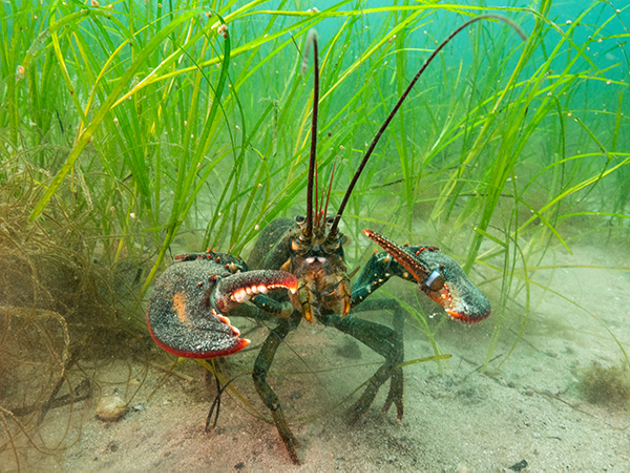Speak Your Piece
Seagrass—secret weapon in the fight against global heating
One of the most threatened yet overlooked ecosystems on Earth, seagrass could have a promising future thanks to its ability to absorb carbon.
Seagrass accounts for 10 per cent of the ocean’s capacity to store carbon—so-called “blue carbon”—despite occupying only 0.2 per cent of the sea floor, and it can capture carbon from the atmosphere up to 35 times faster than tropical rainforests.
(more…)




